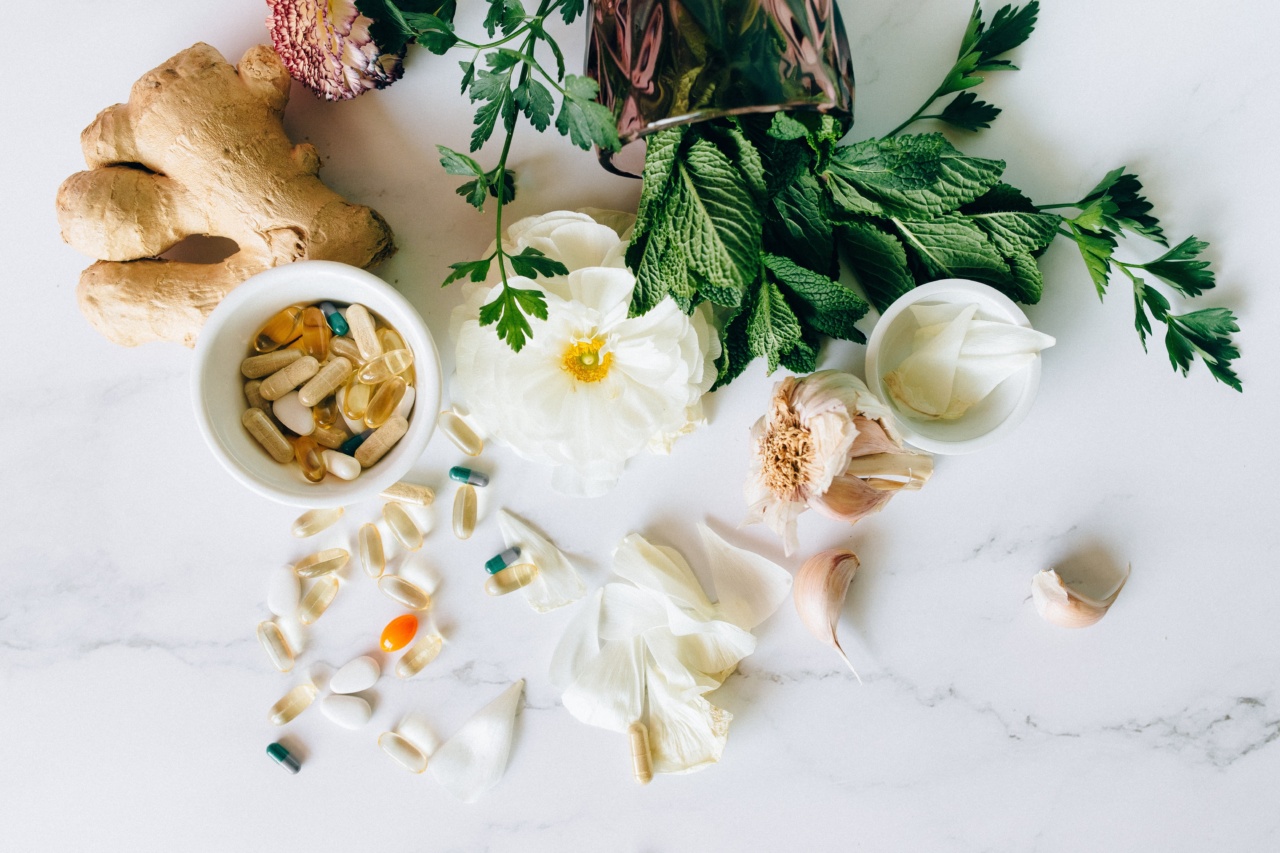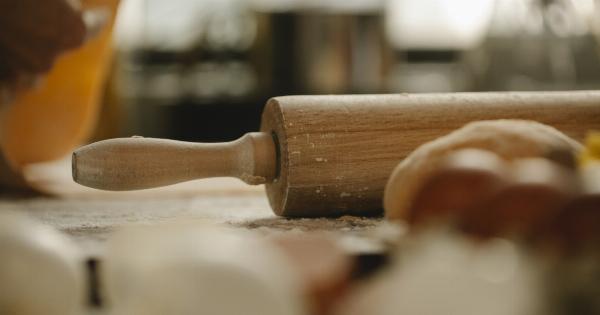Athletes’ hernia, also known as sports hernia, is a common injury among athletes, particularly those involved in sports that require sudden movements and changes in direction, such as soccer, hockey, and football.
Athletes’ hernia occurs when there is a tear or strain in the muscles of the lower abdomen, resulting in pain and discomfort.
While surgery is often recommended for athletes’ hernia, there are alternative treatment options that can help alleviate the pain and promote healing.
In this article, we’ll discuss some of the most effective alternative treatment options for athletes’ hernia.
1. Rest and Ice
Rest is essential for any injury to heal properly, and athletes’ hernia is no exception. If you’re experiencing pain or discomfort in your lower abdomen, it’s essential to give your body some time to rest and recover.
Applying ice to the affected area can also help reduce inflammation and reduce pain.
2. Physical Therapy
Physical therapy can help strengthen the muscles around the injured area, making it less vulnerable to further damage. A physical therapist can work with you to develop specific exercises and stretches that can help alleviate pain and promote healing.
Physical therapy can also help you avoid surgery in some cases.
3. Chiropractic Care
Chiropractic care can help adjust your spine and pelvis, which can alleviate pressure on the affected muscles. A chiropractor can also provide specific exercises and stretches to help promote healing and reduce pain.
4. Acupuncture
Acupuncture has been shown to be effective in treating a variety of injuries, including athletes’ hernia. This alternative treatment works by inserting thin needles into specific points on the body, which can help alleviate pain and promote healing.
5. Massage Therapy
Massage therapy can help increase blood flow to the affected area, which can promote healing and reduce pain. A massage therapist can use specific techniques to target the injured muscles and alleviate discomfort.
6. Dietary Changes
Some dietary changes may help reduce inflammation and promote healing. Eating foods that are high in anti-inflammatory properties, such as turmeric, ginger, and garlic, can help reduce pain and swelling.
Additionally, staying hydrated can help flush out toxins and promote healing.
7. TENS Therapy
Transcutaneous electrical nerve stimulation (TENS) therapy involves the use of low-level electrical impulses to target pain and discomfort.
This treatment option has been shown to be effective in treating a variety of injuries, including athletes’ hernia.
8. Yoga and Pilates
Yoga and Pilates can help strengthen your core muscles, which can help alleviate pain and discomfort associated with athletes’ hernia. Additionally, these practices can help improve flexibility and posture, which can reduce the risk of future injuries.
9. Cold Laser Therapy
Cold laser therapy involves the use of low-level lasers to target pain and discomfort. This treatment option has been shown to be effective in reducing inflammation and promoting healing in injured muscles.
10. Essential Oils
Some essential oils, such as peppermint and lavender, have been shown to be effective in reducing pain and inflammation. You can use these oils in a diffuser or apply them topically to the affected area to promote healing.
Conclusion
Athletes’ hernia can be a painful and frustrating injury, but there are alternative treatment options available.
Rest and ice, physical therapy, chiropractic care, acupuncture, massage therapy, dietary changes, TENS therapy, yoga and Pilates, cold laser therapy, and essential oils are all effective in treating athletes’ hernia. If you’re experiencing pain or discomfort in your lower abdomen, talk to your healthcare provider about which treatment option might be best for you.






























